7 Ethical Animal Experiences Around Japan
How To Encourage Responsible Animal Tourism
As the popularity of animal cafes keep soaring around Japan, it’s important to stay mindful of how the animals are treated. Are they tied up all day? Do they live in too-small containers? What happens to them after they outgrow their kawaii size? Ditch the unnatural environment and try these ethical animal encounters in Japan instead. Experience a natural connection with animals without hurting them—and maybe even, help them.
In recent years, people around the world became more aware of animals being mistreated solely for human entertainment purposes. In order to make an impact on these terrible habits, tourists have started boycotting activities like riding elephants and camels in favor of keeping wild animals where they belong: in the wild.
Many cafes in Tokyo have been slow to catch on to this trend, however, so don’t be surprised to see massive owls tied up under bright lights, monkeys on leashes, or otters in small cages begging for food in trendy Tokyo neighborhoods like Harajuku or Ikebukuro.
If you’re planning activities around seeing animals in Japan, make sure that they are ethical animal experiences. The animals should be stress-free, well taken care of, and free to roam around as they please. You’ll feel much better about your animal encounters if the animals are happy too! Here our savvy selection of 7 ethical animal encounters you can experience in Japan.
1. Bow to Deer in Nara and Miyajima
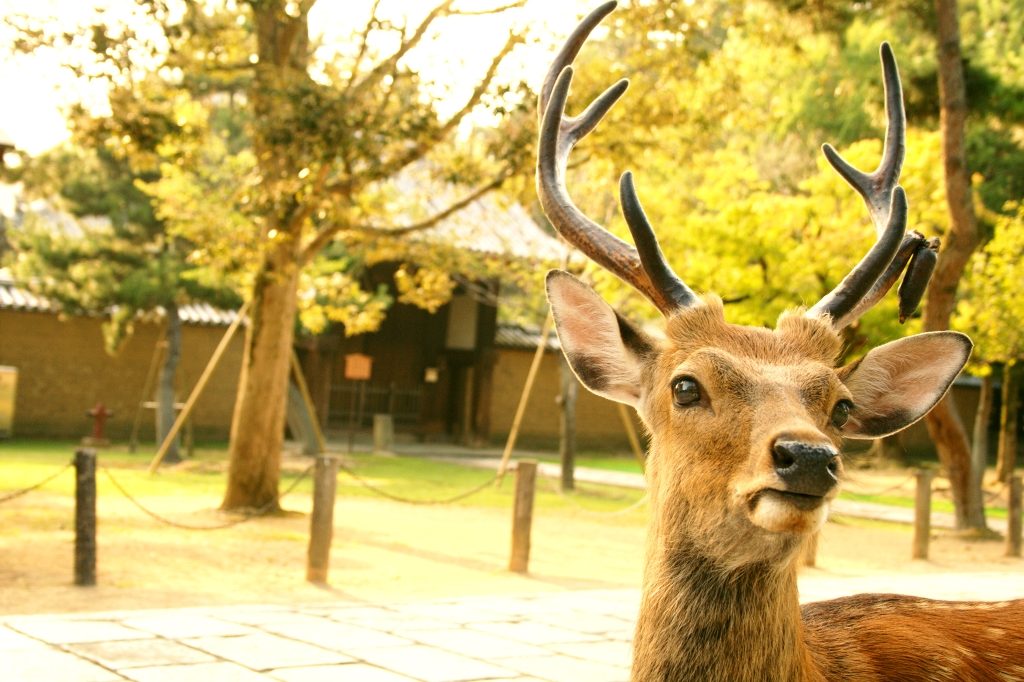 © Photo by Alfonso Jimenez
© Photo by Alfonso Jimenez
One of the most famous animal encounters in Japan is feeding the domestic deer in Nara. The deer of Nara have been considered sacred animals and messengers of the gods since the 700’s. They are protected by the government to this day, and tourists are welcome to feed and pet the tame deer who roam around Nara’s expansive temple complex. Several vendors around Nara sell packets of deer cookies, which can be fed to the eagerly waiting deer. Some well-mannered deer will even bow to you for these treats, but other naughty deer may nibble your clothes and bags to get attention!
Be sure to feed the deer only with deer cookies—they are made from wheat flour and bran, and without sugar, making them safe for the deer to consume. The cookies are also a registered trademark of the Foundation for the Protection of Deer in Nara, and a portion of profits go to protect the friendly Nara deer. Note that packaged foods and sugary treats are unhealthy and potentially deadly for the deer, especially if they accidentally ingest the plastic wrappings many Japanese treats are sold in.
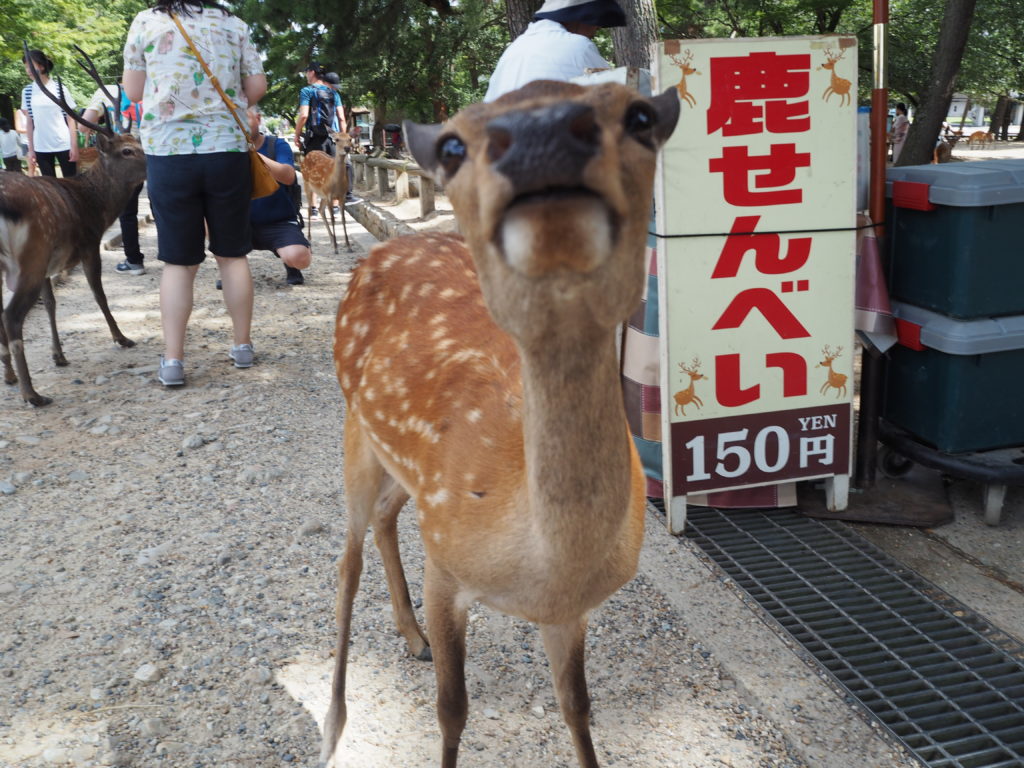 © Photo by Erika Van't Veld
© Photo by Erika Van't Veld
Miyajima, off the coast of Hiroshima, is also home to these domestic deer. Many of these deer are tame and can be petted by humans, but on Miyajima it is not allowed to feed them—don’t sneak a biscuit to these guys!
2. Feed Rabbits on Okunoshima
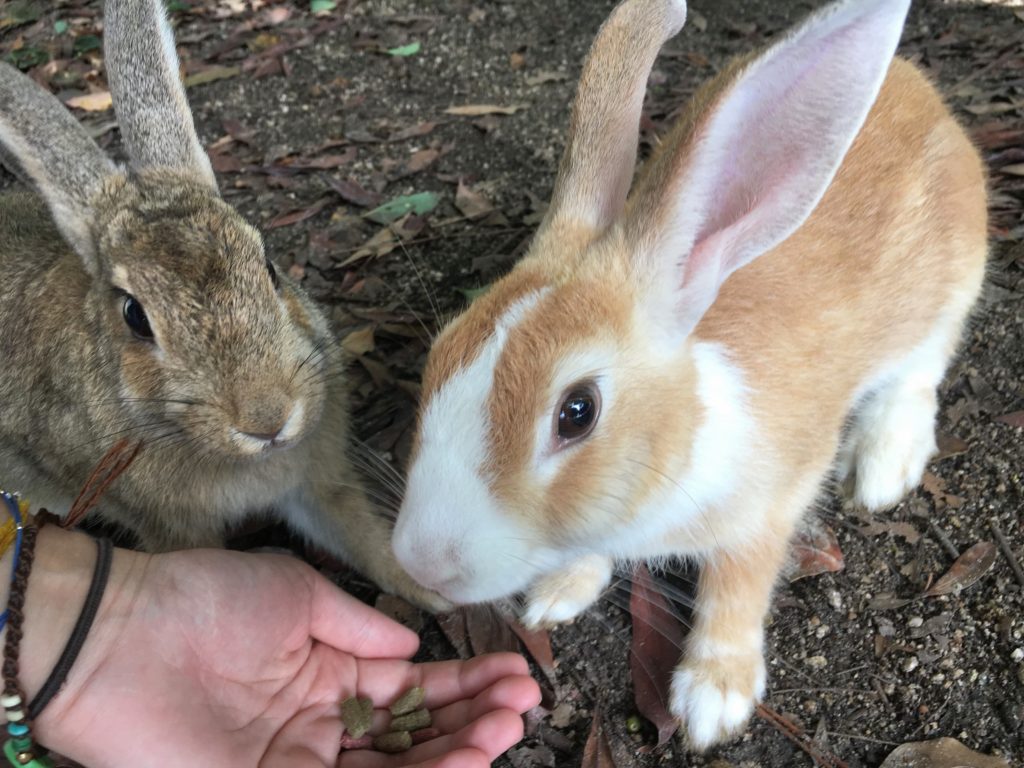 © Photo by Erika Van't Veld
© Photo by Erika Van't Veld
Okunoshima, or as locals nicknamed it—usagijima (literally “rabbit island”)—is home to hundreds of furry little rabbits that love to run up to people for food. Okunoshima itself has a more sinister history however: The Japanese Imperial Army built a secret poison gas factory here in 1929 to produce chemical weapons. After World War II the gas factories and storehouses were abandoned, and now little rabbits can be seen wandering through the ruins. It’s a mystery why Okunoshima is populated with so many rabbits. One theory is that they were used as test subjects for the chemical weapons, and another theory is that they were intentionally let loose to cover up the dark history of the island.
Okunoshima and its rabbits can be visited year-round, but the best time to visit is during the winter when fewer tourists come to the island. Slow tourism means hungry rabbits!
Savvy Tips
Buy rabbit food at Tadano-Umi port, because it can’t be purchased on the island! Cabbage, carrots are really appreciated but rabbits can’t eat potatoes. Several water bowls are placed around the island for the rabbits too, which you can refill as you walk around!
3. Admire Wild Horses on Cape Shiriyazaki
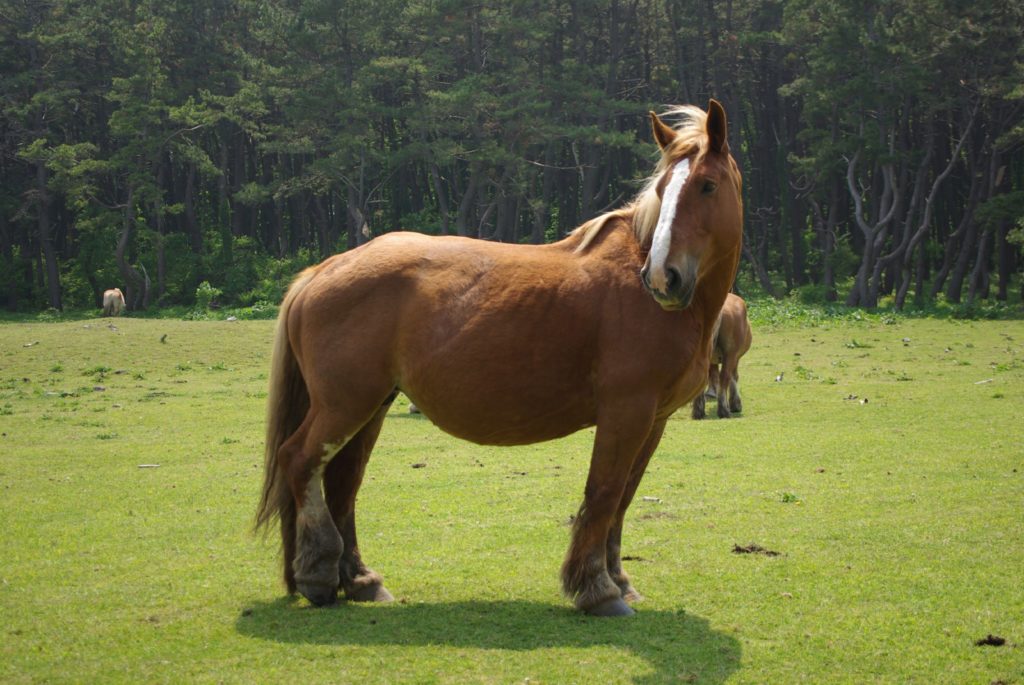 © Photo by tsuda
© Photo by tsuda
In northern Japan’s Aomori prefecture is a small peninsula that stretches towards the direction of Hokkaido. This Cape Shiriyazaki is home to herds of Kandachime horses, which are local to the region and cherished as a national treasure, as well as protected as a cultural property of Japan. Only seven of these critically endangered horses were left in 2009, but their population has slowly increased to the ’40s since then. The Kandachime horses are known for their stout figure: they’re not quite miniature ponies but they do have adorably short legs for their size. Although they’re technically wild horses, they are tame and most don’t mind being patted by humans.
The best time to visit the Kandachime horses is in the spring when new baby fouls can be seen prancing through the herds, although they call Cape Shiriyazaki their home from April to November.
4. Spot Wild Dolphins in Mikurajima
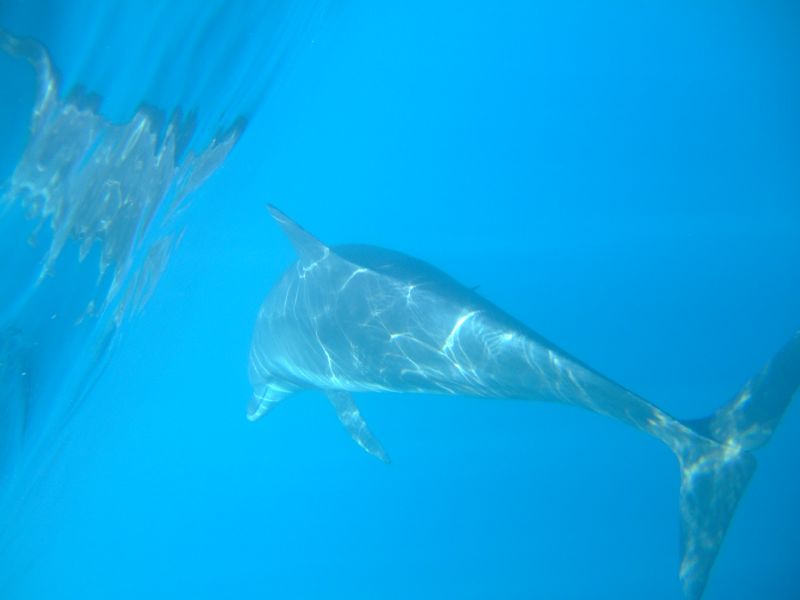
Mikurajima is one of the Izu Islands, located 200 kilometers south of Tokyo but technically still part of Tokyo prefecture. The volcanic island is home to only 350 people, and its nature and oceans surrounding it are well-preserved. Around 150 Indo-Pacific Bottlenose Dolphins are some of the most beloved residents of the island, who live in the waters around Mikurajima between April and November.
Heavily-regulated snorkeling and free-diving tours run from Mikurajima between April and November, where visitors can get in the water and hope to spot a pod or two of wild dolphins. Strict rules must be followed by swimmers, including no touching or moving towards dolphins, especially baby ones. No flashing cameras, alarms, or selfie sticks are allowed either, for the safety and well-being of the dolphins. That being said, the dolphins are known to be playful and friendly, some not afraid to swim up to tour groups to get a closer look at the snorkeling humans.
Mikurajima island can be reached by a 7-hour boat ride from Tokyo, or by flying to neighboring Oshima or Hachijojima, then taking a ferry to Mikurajima.
5. Watch Sea Turtles Nesting in Yakushima
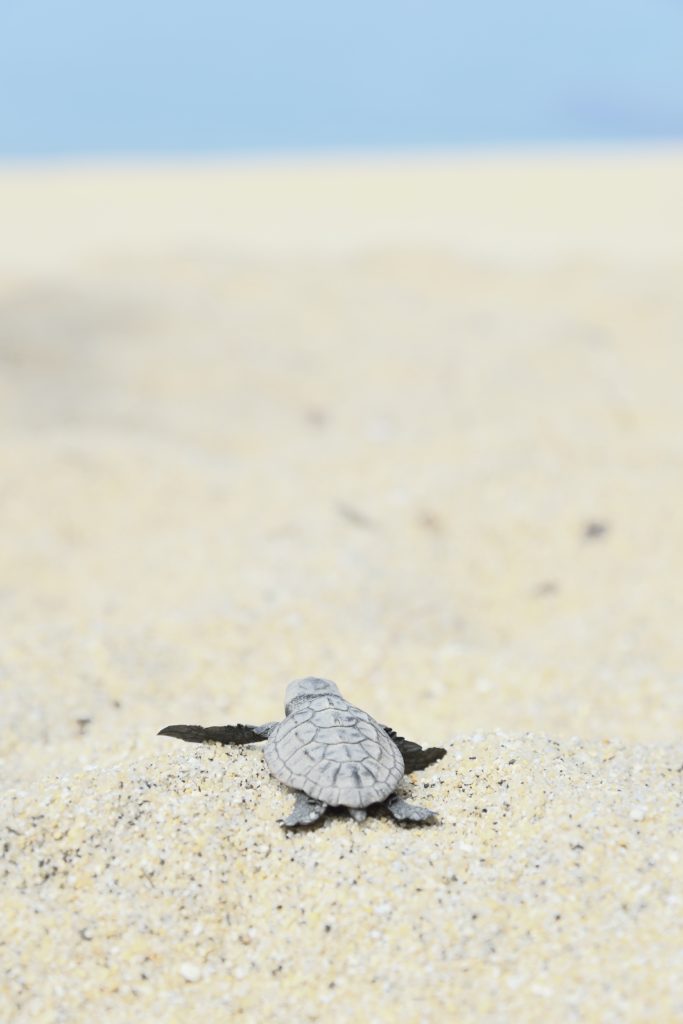 © Photo by Kei Muratagawa
© Photo by Kei Muratagawa
Japan is the only country in the northern Pacific ocean where loggerhead turtles come to nest, and about half the turtles come to Yakushima island, located south of Kyushu. Between May and August, over 500 female loggerhead turtles come to the shore during the night to find a nesting place. The turtles dig a hole in the sand with their flippers, lay up to 100 eggs, then cover the nest and return to the ocean. About 45-55 days later, the eggs hatch and tiny little turtles can be spotted making their courageous sprint to the ocean.
The sea turtles nesting period is from May to August, but the Yakushima Umigame Center provides tours only from mid-May to the end of July. Money from these tours helps the Yakushima Umigame Kan non-profit to help protect the turtles, their nests, and boost egg-laying and hatching rates.
6. See Red-Crowned Cranes at the Tsurui-Ito Tancho Sanctuary
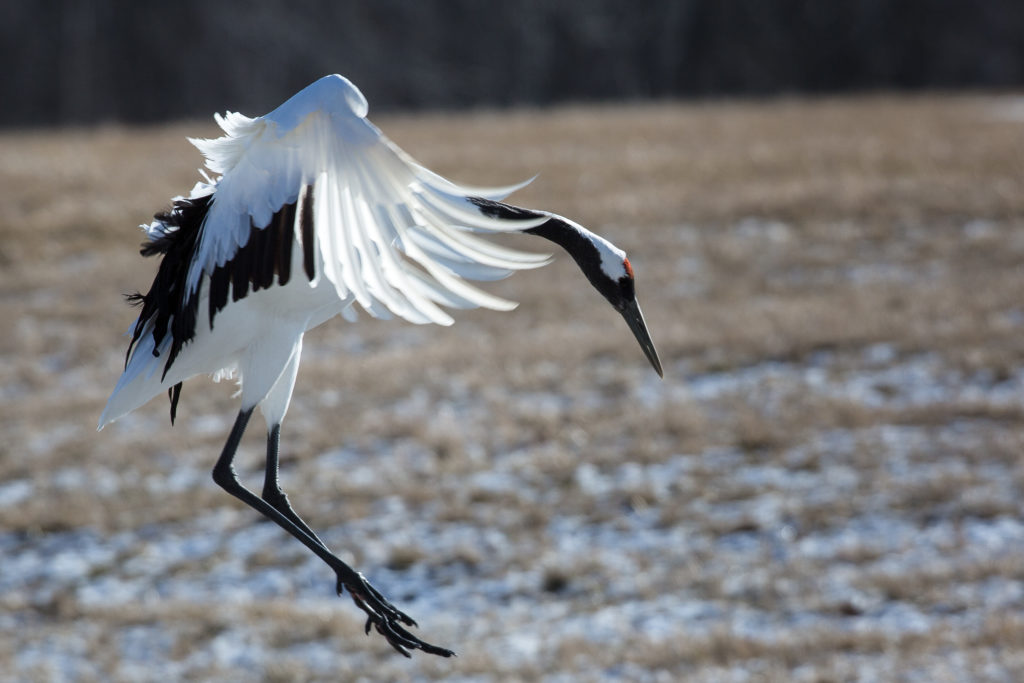 © Photo by Julie Edgley
© Photo by Julie Edgley
The Wild Bird Society of Japan established the Tsurui-Ito Tancho Sanctuary in 1987 in order to protect one of the most iconic birds of Japan: the red-crowned crane. The red-crowned crane can be seen in countless Japanese works of art, and it symbolizes good luck, longevity, and fidelity in Japanese culture. However, it is a highly endangered species and one of the rarest cranes in the world. Currently, volunteers at the Tsuri-Ito Tansho Sanctuary feed the cranes to maintain their population levels, while researching ways to reduce their dependence on humans.
The best time to visit this sanctuary is in the winter when the cranes come to roost. Visitors can check out the Nature Center on-site, which has educational information about the cranes and a crane observation deck.
7. Visit An Ethical Cat Cafe: Chiyoda Nyan To Naru Cafe
View this post on Instagram
If you want to visit an animal cafe while in Japan, consider the Chiyoda Nyan To Naru Cafe just north of Akihabara station. The cats here are loving their natural habitat: being pampered, fed, and well looked after by their human slaves—I mean—owners. The cafe’s highest priority goes to the cats: all of them have been taken in after being abandoned by their owners, then spayed or neutered, vaccinated, and dewormed to give them the best start possible to a new life. The cafe helps stray cats become accustomed to human interaction, to create a smoother transition to their new homes. That’s right—the cats here are all up for adoption and looking for their fur-ever homes.
Just for Fun
Animal lovers should pay a visit to Hachiko the dog statue, outside of Shibuya Station. Hachiko was a faithful Akita breed dog who loyally waited every day outside of Shibuya Station for his owner to come home. After his owner passed away at work, Hachiko still came to Shibuya every day for nine years until he, too, passed away. If you’re looking for a tear-jerker movie to watch, check out Hachi, A Dog’s Tale, based on the story of Hachiko starring Richard Gere.
What didn’t make the list?—and one should avoid
Jigokudani Monkey Park—famous for its Japanese macaques that like to bathe in hot springs, Jigokudani peaks in tourist visits during the snowy winter months. The park was originally founded to keep monkeys away from farmland but has become too tourist-centered over the years. Monkeys are forced to stay near the hot springs even if they want to go back into the mountains, and are fed to make sure they stay there. Most monkey parks in Japan feed the monkeys to keep them in a small area, leading to conflict and human dependence.
Zao Fox Village—this famous animal ‘sanctuary’ in Sendai is home to hundreds of foxes living in a too-small enclosure. Several foxes stay tied up or isolated in wire cages all day. Visitors reported that most of the foxes are fighting each other for space, food, and shelter—not a happy place at all.
Most animal cafes—such as ‘zoo cafes’, owl cafes, hedgehog cafes, otter cafes, and penguin cafes should be avoided to consider the well-being of animals. Many of these animals are forced to live in too-small cages, and even small levels of human interaction can cause stress levels to rise.













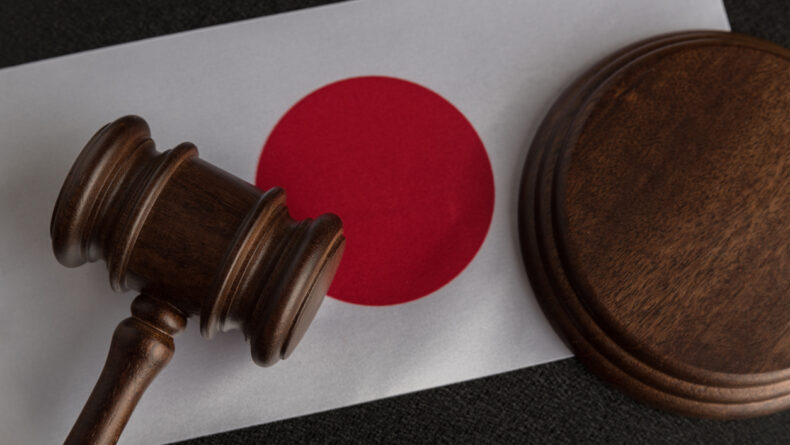
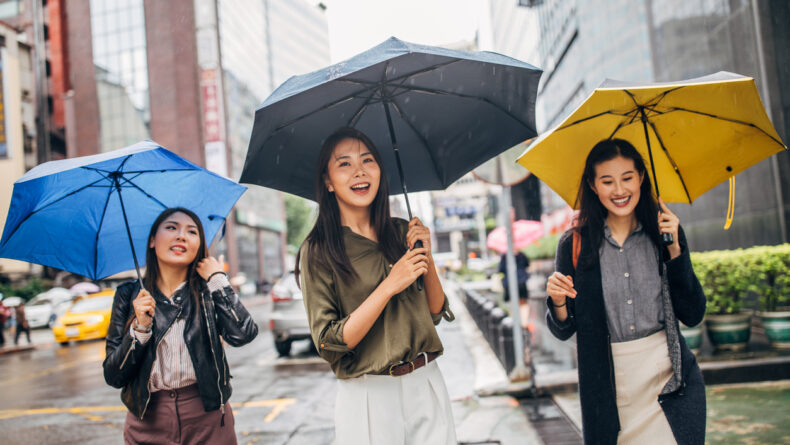
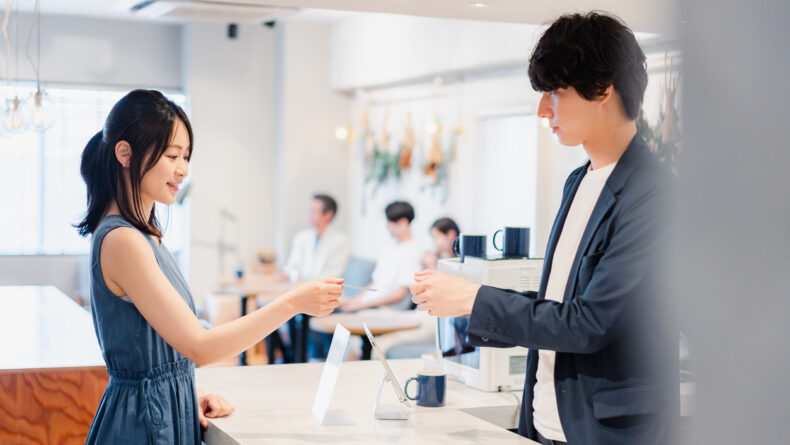
Leave a Reply